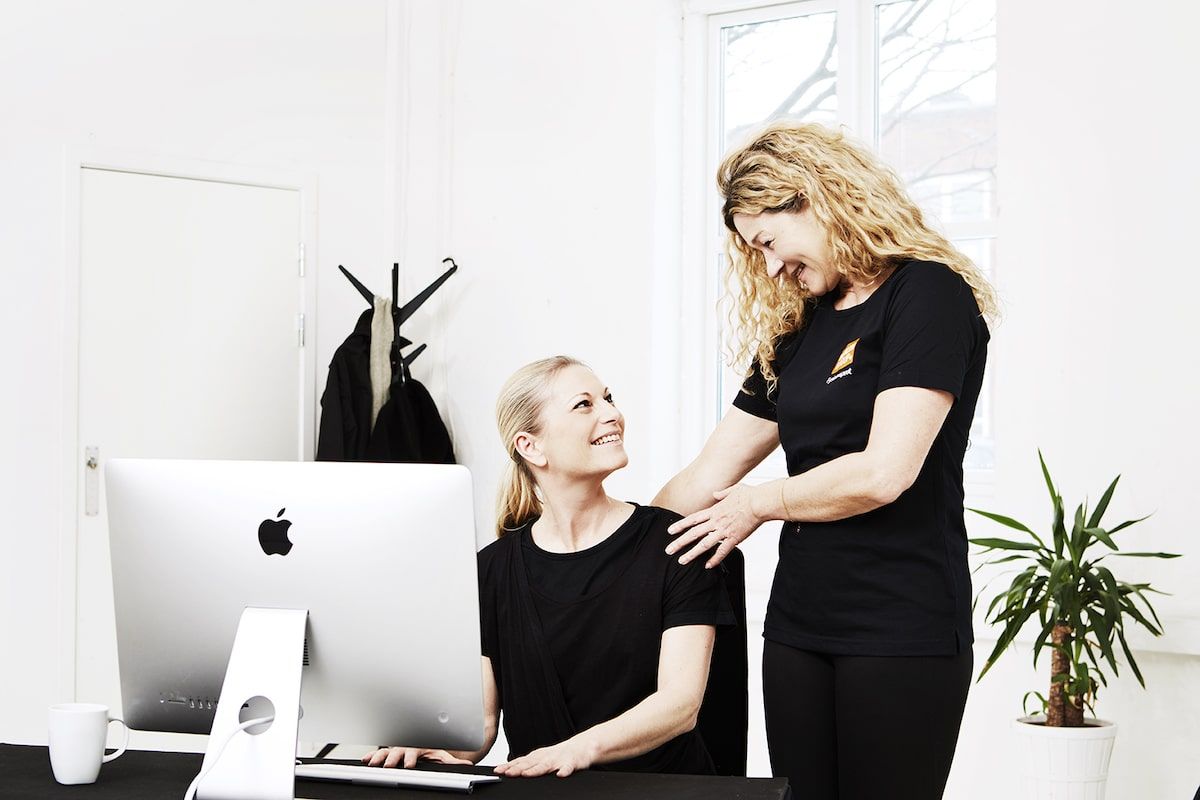The workplace is perhaps the most obvious place to prevent lifestyle diseases

The Danish healthcare system is under pressure in terms of finances and personnel, and radical changes are needed, according to the latest report from the Resilience Commission. Strangely enough, prevention does not feature heavily in the report, despite the fact that there is so much to gain in this area. However, it is gratifying that as a workplace you can make a huge contribution and save money at the same time. No one loses out on that, least of all the employees.
One new super hospital per year
According to the Danish Health Authority, inactivity costs DKK 5.3 billion annually for treatment and care alone. In addition, there are extra costs of DKK 12.2 billion in lost production. On this basis, the total cost of physical inactivity can be estimated at DKK 17.5 billion. For that amount, you could build a new super hospital and employ thousands of nurses every year.
We know it - but we don't do it
Since 1995, the Danish Health Authority has had minimum recommendations for physical activity, and 30 years later, around 6 out of 10 people still don't follow them. The reason is not that people don't know that physical activity is good for your health.
If the awareness campaigns worked, everyone would be non-smokers, physically active, eat 600 grams of fruit and vegetables a day, not drive too fast, etc. Human motivation is a complicated thing, and other means are needed to move the last 60% - and this is where the workplace can actually make a difference.

The workplace is a great place to focus on physical activity and health in general
So what does it take?
Motivation is individual and depends on how important we think physical activity is and whether we believe we can succeed with it. As Lars L. Andersen from the Danish National Research Center for the Working Environment describes in his latest article, the workplace holds enormous potential, partly because employees generally spend half of their waking hours at work and because they are greatly influenced by the environment, culture and facilities available.
Therefore, the workplace has a unique opportunity to make a difference, not only in terms of physical activity, but also in terms of tobacco, diet and mental health, which of course also cost society dearly every year.
How little exercise can you get away with?
Earlier this year, an article published in Nature showed that just 3 x 1-2 min bursts of high-intensity activity such as stair climbing could reduce mortality by 38-40% among very inactive adults. When time is short, the intensity needs to go up. This should be possible to nudge in many workplaces.
By Henrik Duer, Exercise Physiologist - visit my website here.
Thanks to Lars L. Andersen, Professor of Healthy Working Life at the National Research Center for the Working Environment(NFA).






